Increased risk of natural disasters
According to the National Center for Hydro-Meteorological Forecasting, 2025 is the year when weak La Nina transitions to neutral, causing unpredictable weather fluctuations. This was clearly demonstrated in the first months of the year when the northwestern provinces such as Lai Chau, Son La, Lao Cai and the central provinces: Ha Tinh , Quang Tri, Quang Binh, Hue... continuously suffered heavy rains, causing serious flooding, landslides and great damage to transport infrastructure.

In Nghe An province, the weather is equally complicated. Mountainous districts such as Quy Hop, Tan Ky, Con Cuong... have suffered many unseasonal thunderstorms, accompanied by tornadoes, affecting houses, crops...
In particular, flash floods at the end of May in the communes of Hanh Dich, Tri Le (Que Phong), Nhon Mai, Huu Khuong (Tuong Duong); or heavy rain causing landslides in Ky Son district... have shown the unusual and fierce nature of natural disasters in the current context.
It can be said that the unusual weather developments in recent times warn of an upcoming unpredictable flood season, especially in areas at high risk of flash floods and landslides.
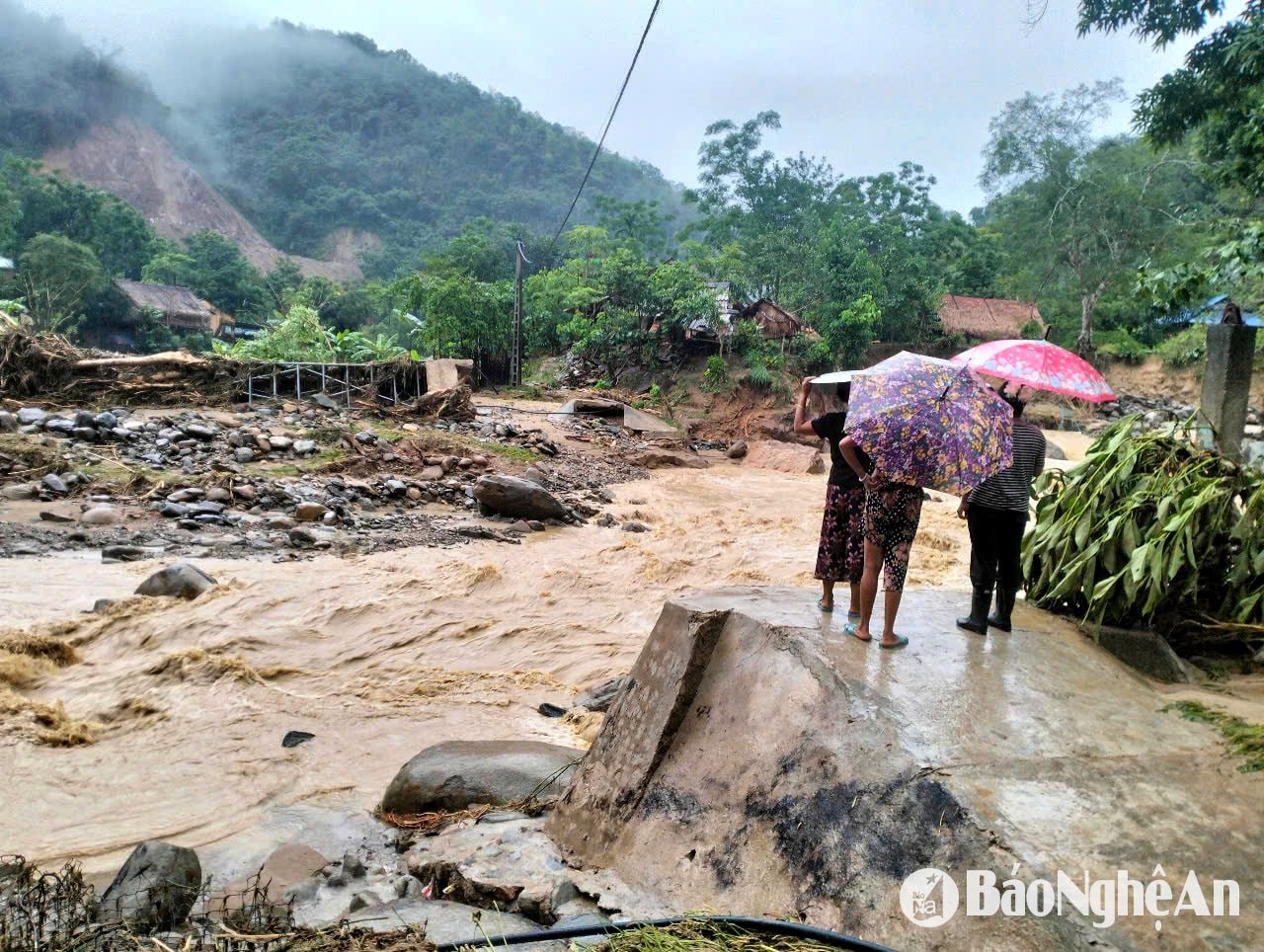
Not only that, storm No. 1 appeared in mid-June in the East Sea much earlier than usual (usually from August to October), causing heavy rain in many places although it did not directly affect the mainland. These signals signal a stormy rainy season with many potential risks, with the risk of strong storms, prolonged heavy rain causing flooding in the plains and landslides and flash floods in mountainous areas.
Given the above situation, Nghe An province pays special attention to forecasting, warning and communicating natural disaster risks. The Provincial Steering Committee for Disaster Prevention, Search and Rescue and Civil Defense regularly coordinates with the Hydrometeorological Station, press agencies and information technology platforms such as Zalo, SMS, Facebook to update weather conditions and issue early warnings to each locality and each person.
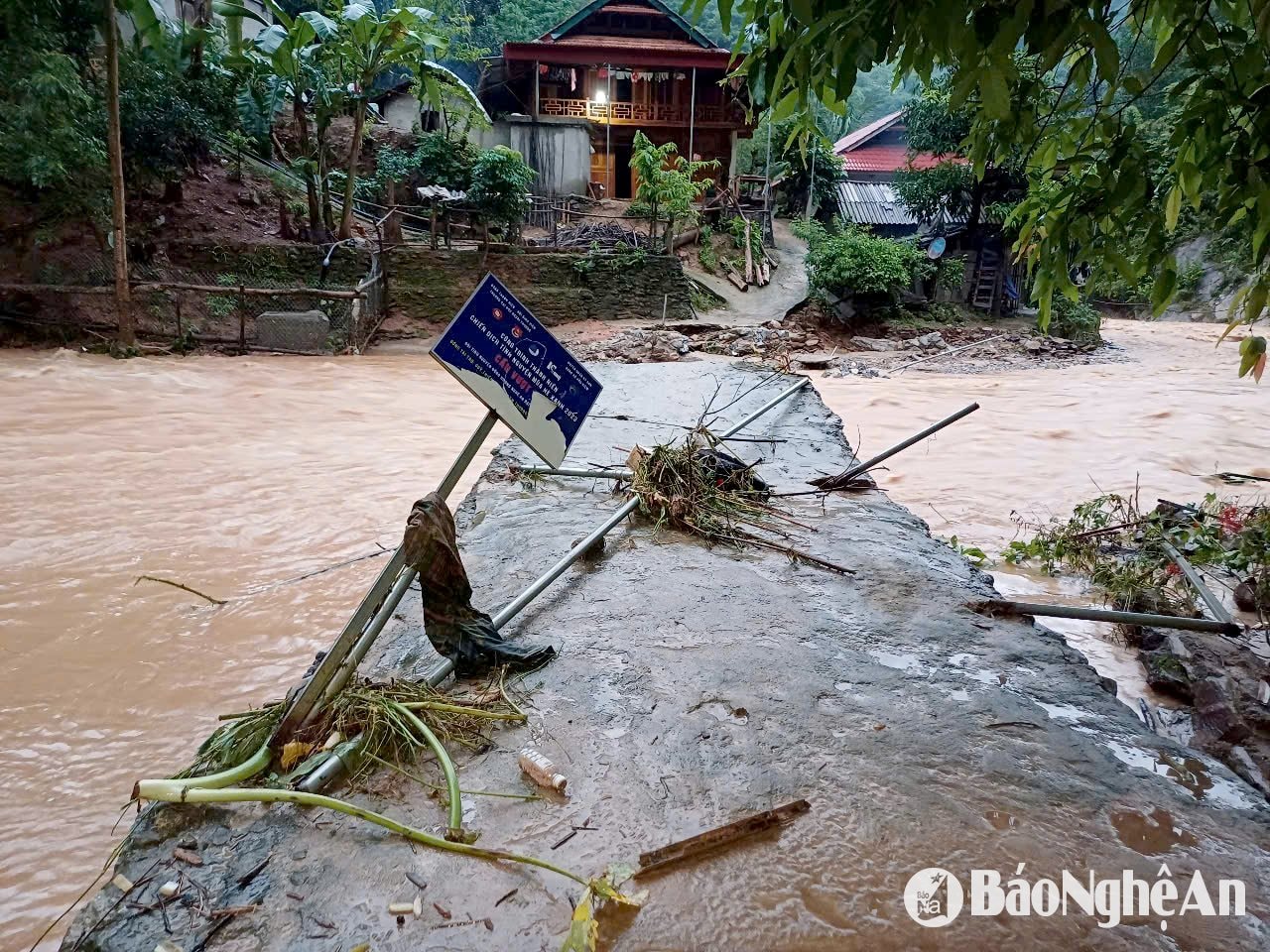
Notably, since 2024, Nghe An has deployed a flash flood and landslide warning system at many key locations in mountainous districts such as Ky Son, Que Phong, and Tuong Duong. Thanks to this, many evacuations have been carried out in time before natural disasters occur, significantly reducing human losses. This is a clear demonstration of the essential role of science and technology in modern disaster prevention and control.
“4 on-site” and lessons from practice
The “4 on-site” motto (on-site command; on-site forces; on-site means; on-site logistics) is still the “golden principle” in natural disaster prevention and control. Since the beginning of 2025, the People's Committee of Nghe An province has directed the review and updating of all natural disaster prevention and control and search and rescue plans at each level and each locality; at the same time, consolidating the reserve of rescue supplies, life buoys, and emergency food in high-risk areas.

In mountainous districts, many evacuation and rescue drills have been organized recently. In some localities, the participation of people and organizations, especially young people and women, has been mobilized to communicate prevention and support for the elderly and children in the context of natural disasters. The education sector also plays an important role in integrating disaster prevention and control into extracurricular activities, helping students to be aware early and correctly about self-protection skills and support the community in emergency situations.
.jpg)
Natural disasters are natural phenomena, but the most serious consequences come from lack of preparation and subjectivity. Therefore, integrating disaster prevention and control strategies into socio-economic development planning is an urgent requirement.
Nghe An province is currently developing a Climate Change Adaptation Strategy to 2030, with a vision to 2050. It will clearly identify key disaster-prone areas to prioritize investment in resilient infrastructure, while encouraging the conversion of appropriate agricultural farming models: Using drought-resistant crop varieties, changing crop seasons, developing ecological agriculture, and saving water.
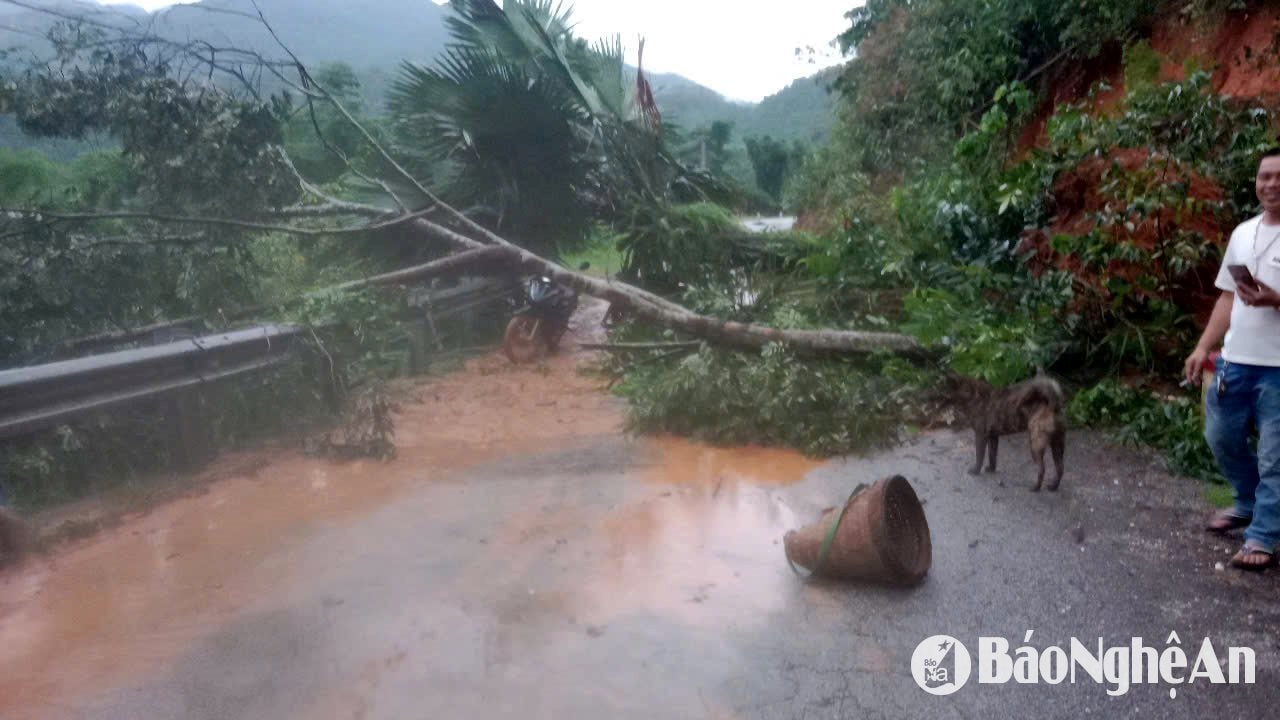
Along with that, in February 2025, the Provincial People's Committee approved the Project "Improving capacity to respond to incidents, natural disasters and search and rescue in border areas and sea areas for the period 2025 - 2030".
The project aims to educate 85% of people in border and coastal areas about disaster prevention and control skills in the 2025-2027 period; strengthen the Steering Committee for Disaster Prevention and Control at all levels, establish specialized rescue teams; complete disaster prevention and control works, and evacuate people from areas at risk of landslides and flash floods.
.jpg)
In the context of global climate change, natural disasters will become more complex, unusual and severe. Proactive adaptation is not only to respond when natural disasters occur, but also a decisive factor in the sustainability of socio-economic development in each locality. Therefore, it requires more synchronous, drastic and long-term participation from all levels of government, functional sectors, communities and each individual.
Each person must be a “fortress against natural disasters” with awareness, knowledge and concrete actions. Only then can we proactively protect life, property, and develop steadily in the trend of abnormal climate change./.
Source: https://baonghean.vn/nghe-an-chu-dong-ung-pho-thien-tai-truoc-dien-bien-bat-thuong-cua-thoi-tiet-10299667.html














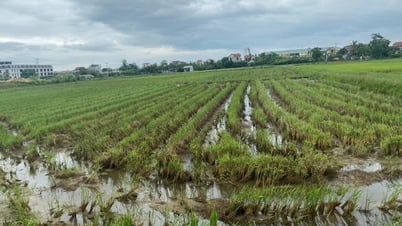









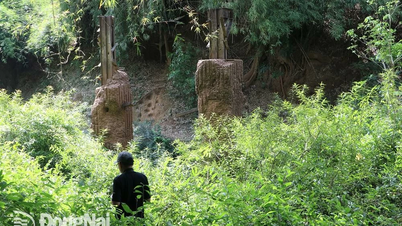





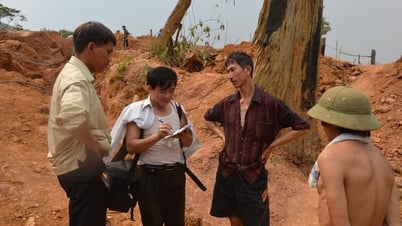
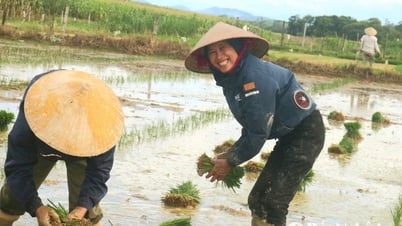



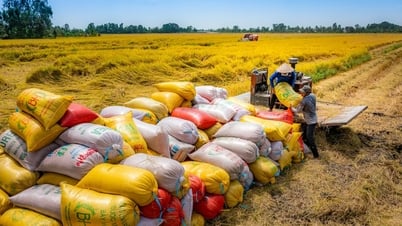









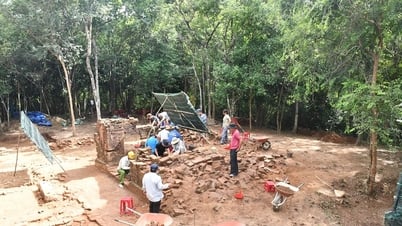





























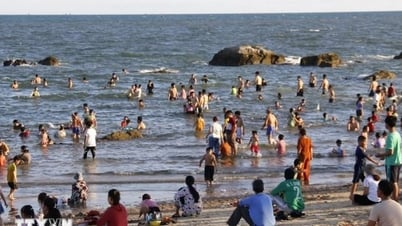
























Comment (0)